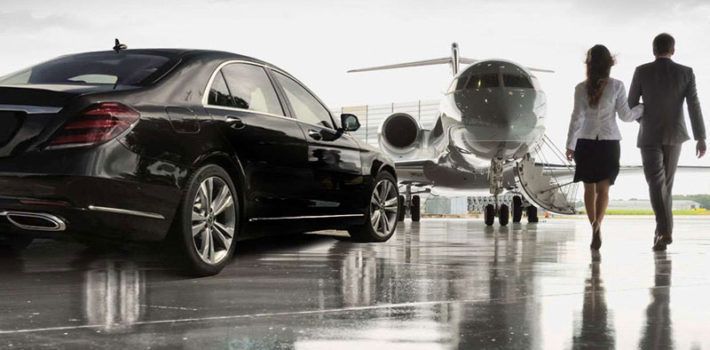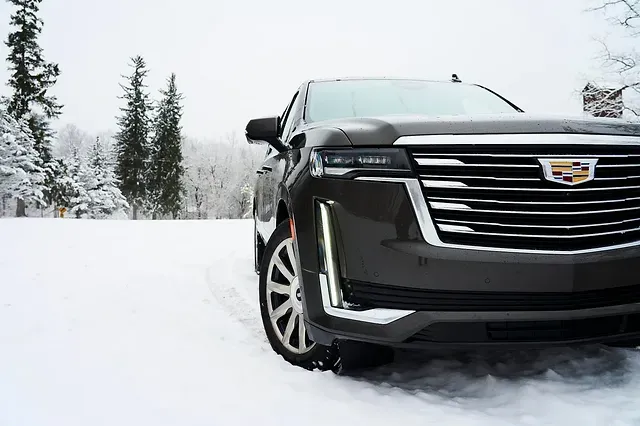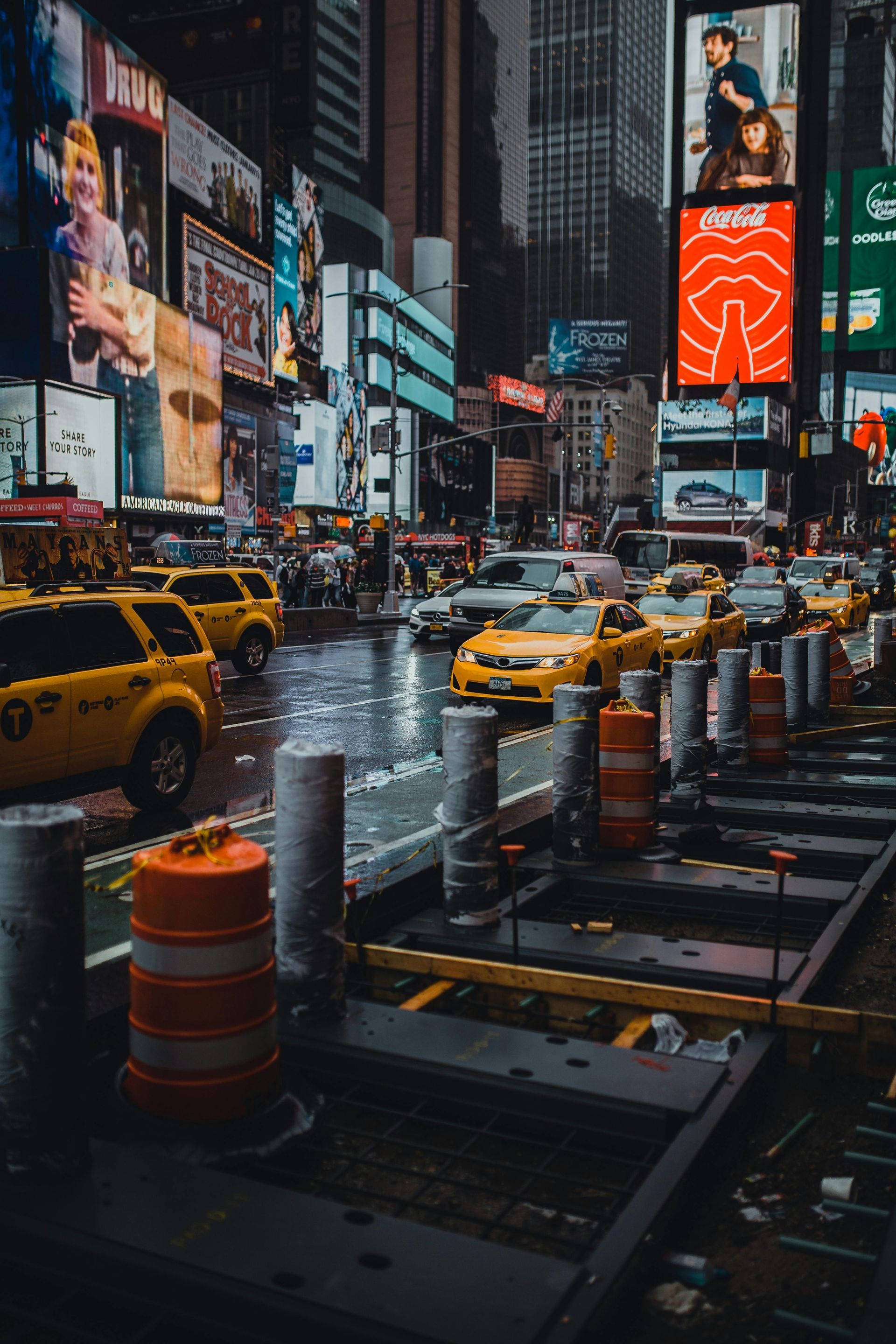Business dinning in Salt Lake City
What are some of the best places to take your clients to eat

As business professionals, we often find ourselves in situations where we have to entertain clients, seal deals, or simply bond over a good meal. Salt Lake City is a bustling hub for businesses, and finding the perfect restaurant is essential to making the right impression. In this post, we will discuss some of the best dining options in the city and offer suggestions for transportation and entertainment, ensuring an unforgettable experience for your clients.
Top-notch Restaurant Suggestions
- Flanker Kitchen: For a classy and Relaxed dining experience, Flanker Kitchen has you covered. Their upscale décor, exquisite menu, and top-notch service make it easy to impress your clients. They emphasize on locally sourced ingredients and offer an extensive wine list, perfect for a celebration or a meal to remember.
- Valter's Osteria: If you're looking for Italian cuisine, Valter's Osteria is a must-visit. This cozy, intimate spot showcases traditional Tuscan fare, with handcrafted pasta dishes and an excellent selection of wines. Valter, the owner, often greets guests personally, making the experience memorable and intimate.
- Takashi: For sushi aficionados, Takashi is a top pick in Salt Lake City. This contemporary Japanese restaurant is known for its creative sushi rolls and mouthwatering menu options. The ambiance, paired with friendly and attentive service, makes it an ideal spot for business dinners.
- HSL: For a farm-to-table experience, HSL is an excellent choice. Set in a modern, inviting space, this restaurant puts a contemporary spin on American cuisine. With a menu that changes seasonally, you'll always find something fresh and delicious to keep your clients delighted.
Transportation to and from
In a city like Salt Lake City, with plenty of dining options spread across the town, it's important to consider transportation to make the evening flawless. For a stylish and comfortable experience, book a ride with Executive Limo Solutions. They provide professional chauffeured services that cater to business professionals, ensuring your clients travel in luxury.
Entertainment Suggestions
Salt Lake City offers a variety of entertainment options to complete your dining experience. Check out these post-dinner suggestions:
- Broadway-style shows: The Eccles Theater frequently hosts Broadway productions, ideal for bonding with your clients after a satisfying meal.
- Jazz games: Basketball fans can catch a Utah Jazz game at the Vivint Smart Home Arena, for a night of sports and camaraderie.
- Ballet West: If you're in the mood for a cultural experience, Ballet West showcases mesmerizing performances worth checking out.
- Salt Lake City Symphony: For a relaxing evening of classical music, treat your clients to a symphony concert at Abravanel Hall.
With these recommendations at your disposal, your business dining experience in Salt Lake City is sure to be a success. Choose the right restaurant, make transportation a breeze, and entertain your clients at the city's top venues to create an evening they won't forget.














